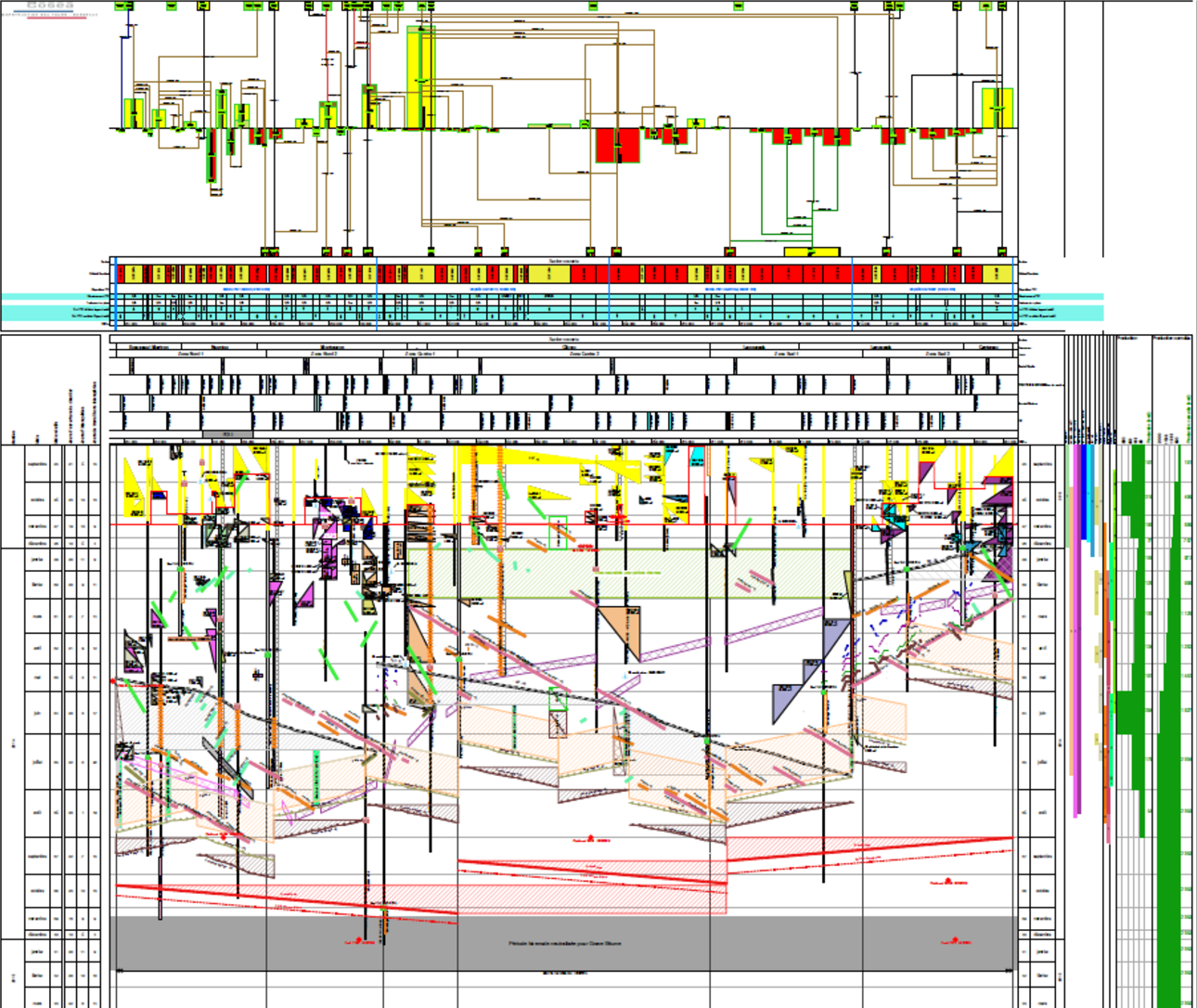Global leaders know, the linear scheduling method is the quickest and most effective way to plan, optimize, schedule and execute complex linear projects.
Because the linear scheduling method both incorporates and optimizes for the many complex variables present with linear infrastructure projects, it stands alone as the methodology that produces complete and reliable linear project schedules.
As such, the automation of the linear scheduling method is at the core of the functionality of TILOS linear scheduling software.






